In the 1950s, Ruth and Elliot Handler was a modern day power couple. Out of nothing, they founded Mattel, the toy company that manufactured and developed some of the most iconic American toys of all time. Their brilliant minds (Ruth handled the business side, while Elliot handled creatives) were responsible for bringing Hot Wheels, Creepy Crawlers and Chatty Cathy to the world. Their most controversial toy, and arguably the most famous, was the Barbie doll, the stick-thin, blonde-haired gal with a knack for modern fashion, who changes careers faster than a confused millennial. This is a short history on how Ruth (and her ruth-less army of employees) made Barbie one of the most iconic pop culture figures of our time, selling more than 1 billion dolls around the world since first launching her in 1959.
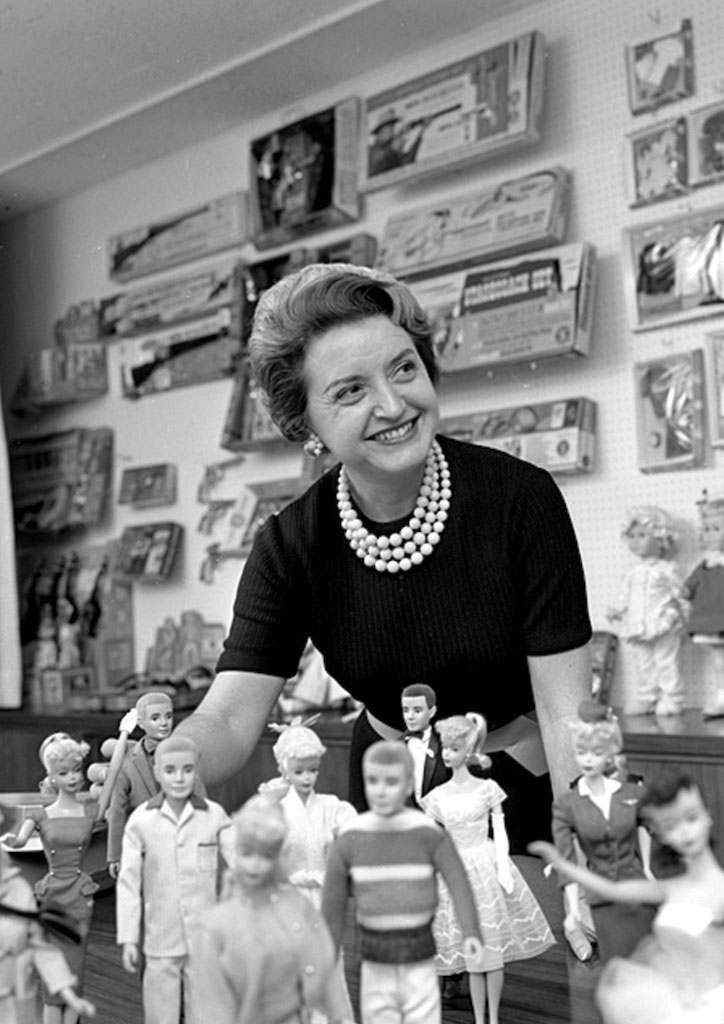
A Doll Named Bild Lilli
In 1956, Ruth Handler, a prominent executive in the toy making industry in the United States, was on vacation with her husband and children in Switzerland. She was concerned with her daughter, Barbara, who would often play with paper dolls. At the time, not many options were available for girls, with paper dolls, easy bake ovens, and baby dolls the most popular toys to purchase. All of which, encouraged girls to be in strictly maternal roles, as if they were training to live their lives as only mothers and wives. On the other hand, Ruth’s young son Kenneth, had a wide array of toys to choose from. Space ships, stick horses, action figures and other toys targeted for boys were easily found in the market. The mother was on a mission to find a suitable toy to make Barbra happy, and to encourage her that she could be more than a mere housewife.
During their holiday, she encountered a German toy named Bild Lilli—a statuesque, blonde doll. Bild Lilli also had a comic strip about her. NETFLIX’s original series The Toys That Made Us described her character as a prostitute, invented to titillate men after the Second World War. The blond bombshell walked around in sexy outfits and was a passionate working girl who knew what she wanted. She was conceived by Reinhard Beuthin, and stories about her were published in a local newspaper called Bild. Her petite frame and beautiful facial features captured Ruth’s imagination, and she knew what she wanted to do. She was to bring the doll back to America, and create something similar—an adult-figured doll that young girls could dress and play with.
Upon returning home, the CEO presented Bild Lilli to Mattel’s board of directors. They all told her no, saying that female toys never did well at the market. Ruth was not ready to give up. She sought the help of the company’s head engineer, Jack Ryan, to re-invent the doll for American girls in secret. Their work culminated to the creation of Barbie (named after Ruth’s daughter Barbra), who wore a black and white zebra swimsuit and sporting her now-iconic ponytail. To gain some exposure, the pair took the newly invented doll to the American International Toy Fair in New York in 1959. Barbie received no notices and Ruth thought the dream was over.
RELATED READS: The Mad Genius of Cristal Balenciaga
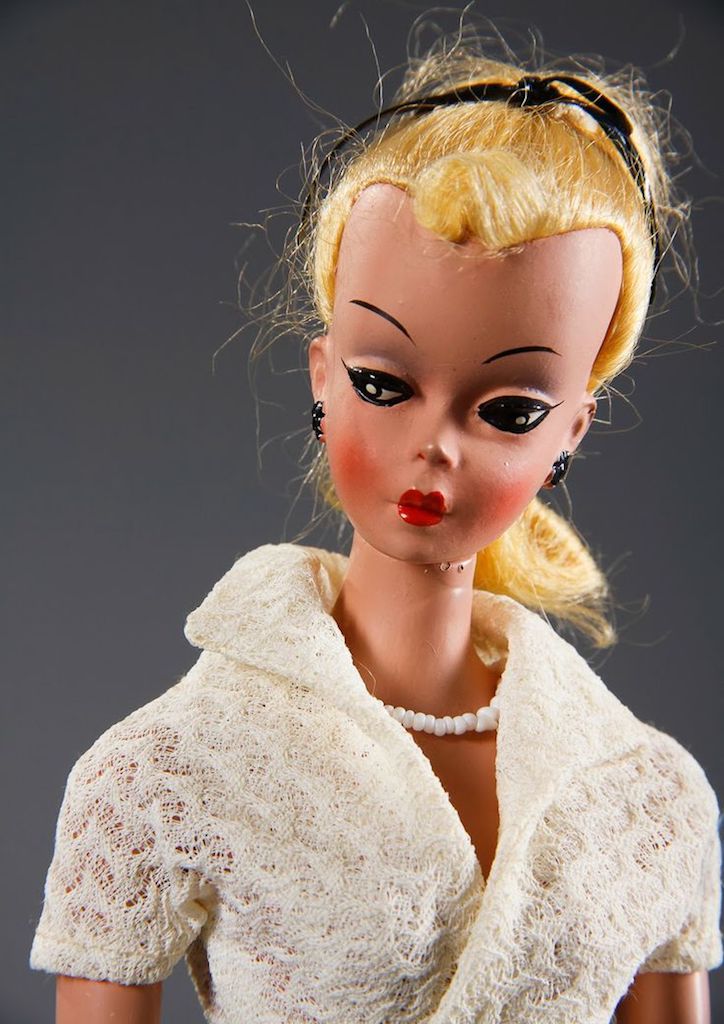
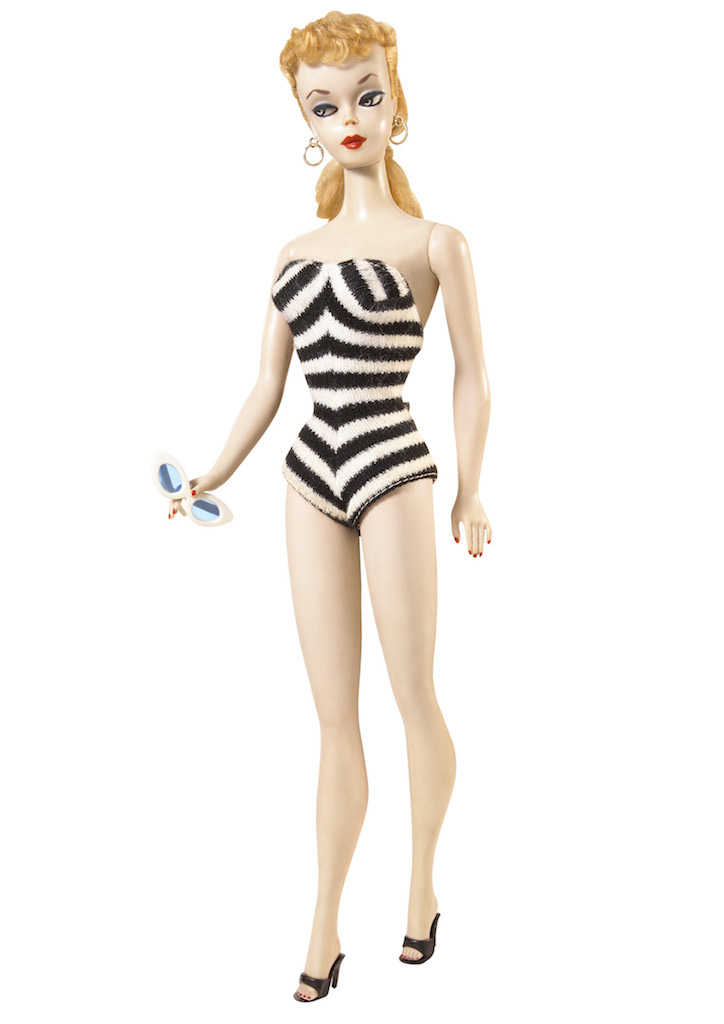
Stylist Susan)
Barbie Finally Takes Off
It was 1959, and gender politics were very much different than they are today. To many, Barbie was a passing fancy, nothing more than an experimental toy. Many were concerned (including Mattel’s board) of Barbie’s breast and sexy figure, finding it very inappropriate for kids. Ruth tried to explain that little girls would see beyond that. She said kids would look beyond the risqué and would enjoy having Barbie to dress up. The savvy business woman also thought she would be a good influence, allowing little girls to dream of having unique careers, which was not the norm in the 1950s. No one listened to the woman, even if she was the company’s founder. A whiz of marketing, Ruth knew what she had to do, simply to get Barbie’s name out there.
She prepared a television commercial of Barbie in a wedding gown. Ruth wanted to show mothers that playing with Barbie inspire their children to find good husbands. Legend says that a little girl once went up to her mother at a toy store and said she wanted to be as “hygienic and beautiful as Barbie.” That child’s mother instantly purchased a Barbie. If her little one wanted to learn how to carry herself well, and Barbie was the way to do it, she would comply. In her mind, getting a husband was the ultimate “meal ticket” during the time. Many mothers soon followed suit, and Mattel sold over 350,000 Barbie dolls during its first year of production. With Barbie taking off, Ruth was set to take over the world. She hired fashion designer Charlotte Johnson to be the first official dresser for Barbie.
RELATED READS: The Mystery of New York Millionaire Huguette Clark and Her Empty Mansions
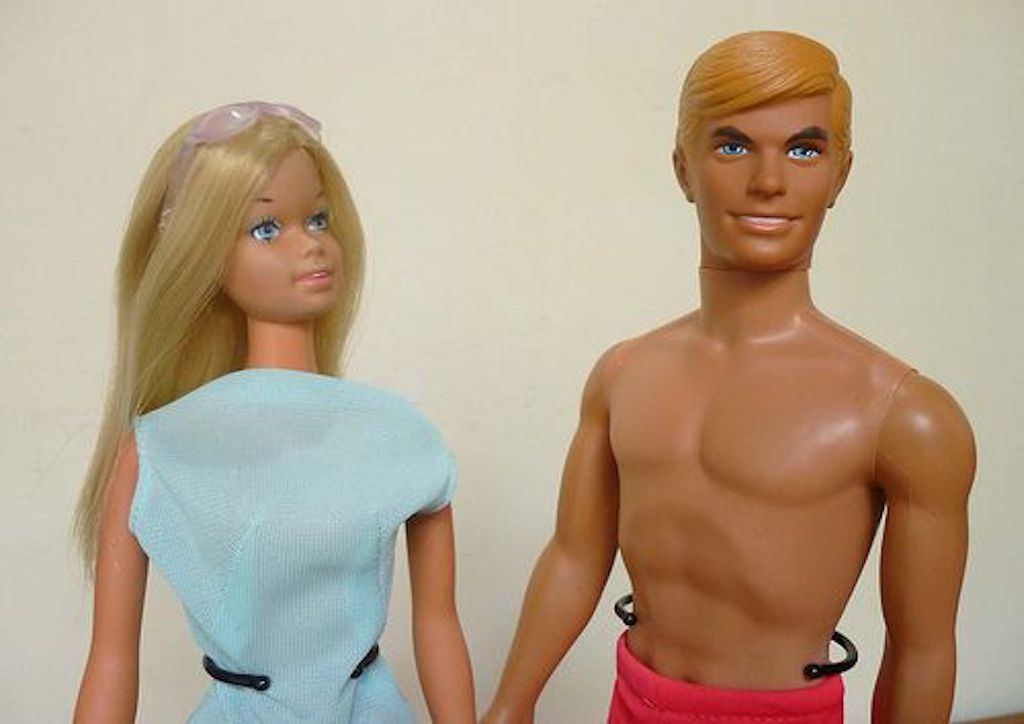
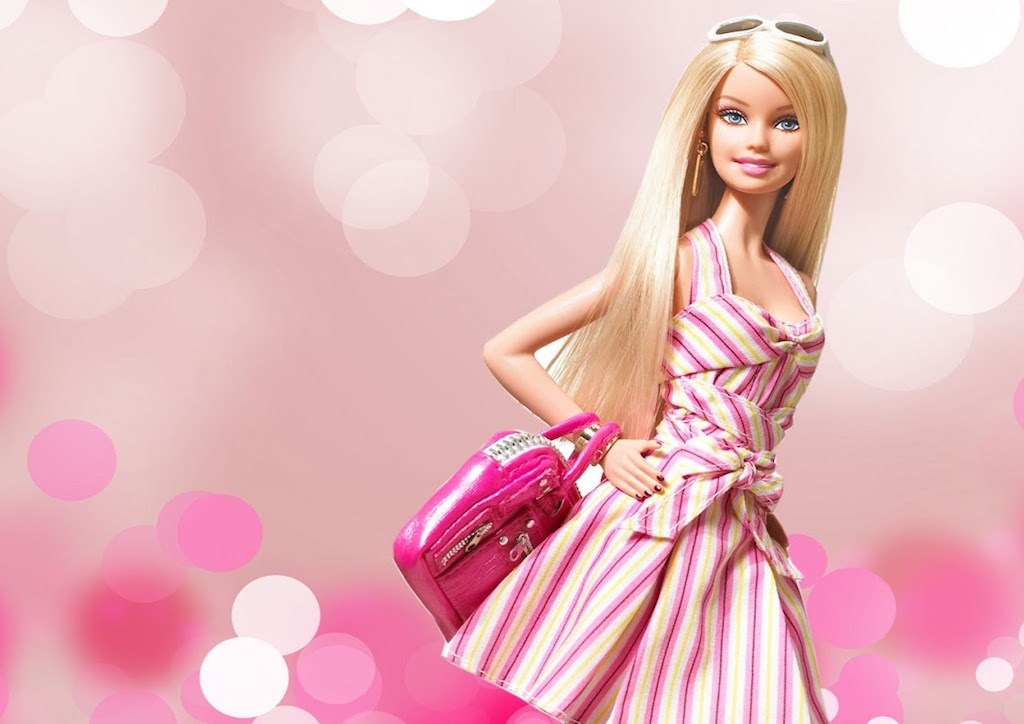
An Ultra-Rich Fashion Icon
As Barbie’s popularity rose with the general public decade after decade, she had to get with the times. Mattel’s fearless leader made sure that the doll was always in the height of modern fashion. She also had several facelifts as time went by. After the 1950s, Barbie finally had eyeliner, which was very fashionable during the height of the swinging 1960s. In the 1970s, Barbie was in a lot of glam couture gowns, following the fashions of disco queen Diana Ross and iconic pop culture sensation that was Saturday Night Fever. In the 1980s, she wasn’t without her big hair. The most famous Barbie varietal during that time was Malibu Barbie. Kids these days were hitting the beach, surfing and living inside their vans all summer long. That meant Barbie needed to get a tan to be in. She did, and it was a major hit for the toy company. To battle the bad fashion of the 1990s, Barbie decided to grow her hair extra-long (up to her ankles). The decision to do that led to the best-selling Barbie of all time, beating the previous decade’s beach loving varietal. Mattel, also made sure that their most precious product had all the fashions available for purchase. Their business became multi-million dollars big, with an average girl owning anything between 1 to 40 Barbie’s.
When fans clamored that Barbie needed to have a boyfriend, they introduced the world to Ken (named after Ruth’s son Kenneth). Ken opened another door worth millions of dollars. Now little girls could purchase matching outfits for the love birds, and mothers were complying to their needs. Since the 1950s, Barbie has had more than 130 careers with matching outfits, accessories, cars, and even homes to go with it—imagine that weight in crisp, green American dollars. Barbie could be an astronaut, a doctor, a bride, a school teacher, a fashion model, anything. It inspired little girls of the past to think beyond the cultural norms that women were meant to do housework. But behind the closed doors of Mattel, dark things were happening.
RELATED READS: Gloria Vanderbilt Has a Cooler Instagram Than You: The Resurgence of a Socialite
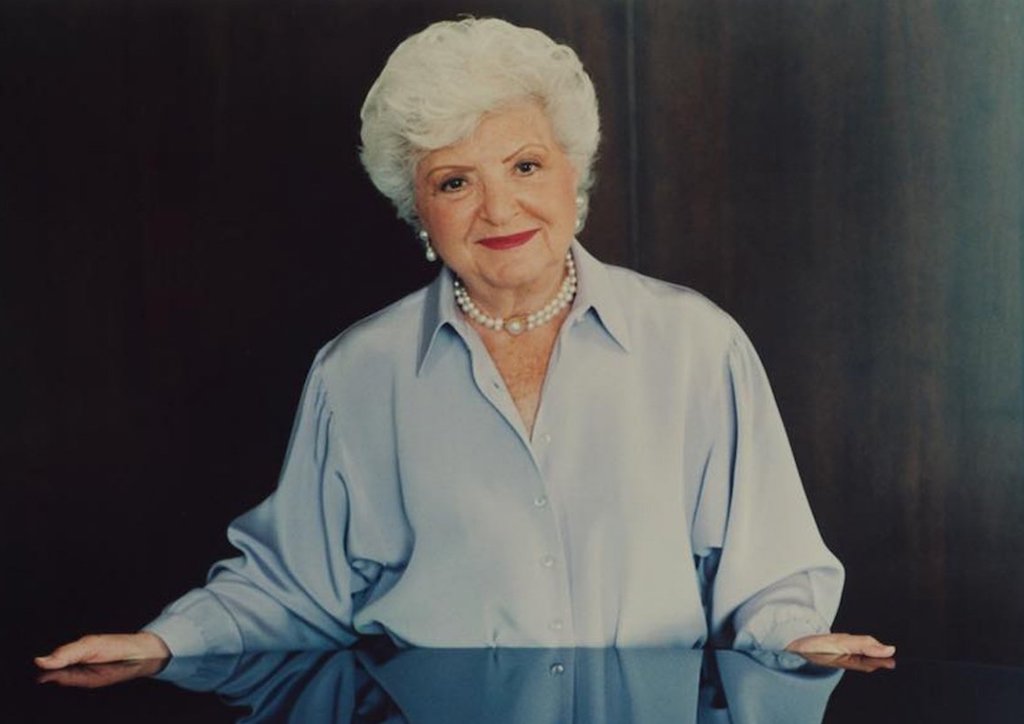
The Ruthless Ladies of Mattel
When Ruth was proven right, and Barbie was the hottest toy on the market, she made sure the company’s power was shown to everybody. She was described by many of her employees to be hot tempered and ruthless. In 1961, the makers of Bild Lilli sued Mattel for infringement of the image of their doll. Mattel, under the command of Ruth, counter-claimed and it was settled out of court. Jack Ryan, the engineer who helped Ruth bring Barbie to life, was also always fighting her constantly. When no one believed in the project, Ruth offered him a cut of royalties, which made him a very rich man. Eventually, Ruth regretted the idea and decided to battle him in court. Although Jack won, his addition to drugs led to his demise. When he died, Ruth told the world she was the sole person responsible for Barbie. She was eventually asked to resign from Barbie, when she was charged with creating fraudulent financial reports for the company in 1974. The lady boss left with a slap on the wrist, a $57,000 fine and 2,5000-hour community service sentence. When Jill Barad was appointed CEO of Martell in 1997, she welcomed Ruth back into the company with open arms. She idolized her vision, and no amount of illegal activity could taint that.
NETFLIX’s original film The Toys That Made us focuses on Barbie in one episode. They collate countless interviews from previous Mattel employees who shared how they would do anything to make sure no one would or could harm their precious Barbie. For instance, an on-camera interview with Judy Shackelford, Mattel’s Former Senior Vice President of Girls Toys, shared an instance when competitive doll brand, Jem and the Holograms, were to be introduced to the public in the 1980s. Mattel was so threated with the new toy’s modern aesthetic that when they found the concept out from an unknown source, they produced a Barbie doll quite similar, to make people believe that Jem copied them and not the other way around. Barbie has always been highly competitive. Mattel also went to war with the creator of Bratz, Carter Bryant. He was working as a designer for Marttel before quitting to do Bratz with another company. The courtroom drama was endless.
RELATED READS: The Pickfair Estate: A Short History on the Beverly Hills Mansion Turned Haunted House
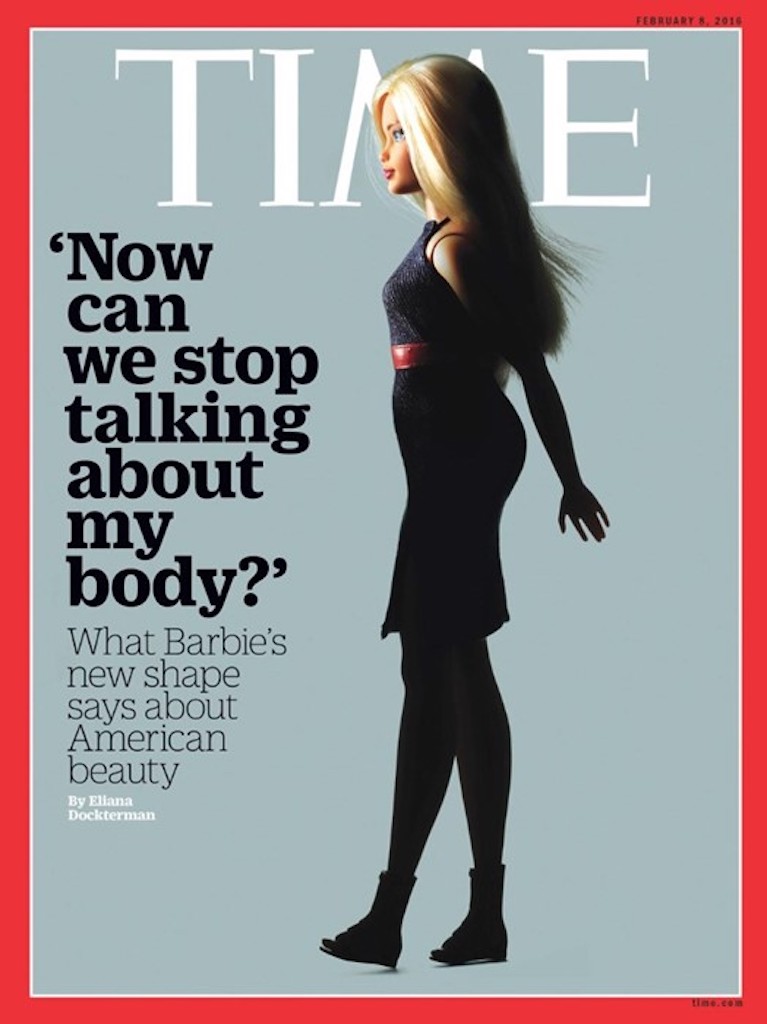
Strong Amidst Controversies
Over the years, Barbie has also caused countless of controversies. Among the biggest is that many people feel that Barbie doesn’t promote good body image. Critics say she is too skinny and unrealistic looking, claiming that it could lead to a negative impact on girls. Standing at 11.5 inches tall, scholars have commented on Barbie looking anorexic. They also feared that girls would want to be like her, and in result, be diagnosed with eating disorders. In 1965, Slumber Party Barbie was released along with an accessory, a small toy book entitled How to Lose Weight. At the back of the book, the worlds “Don’t eat!” where printed. In recent times, Mattel has tried to fix Barbie’s body issues by introducing a line of dolls in different weights and sizes.
The lack of diversity and cultural representation within the Marttel brand has also ticked countless people off. Black Barbie was introduced in 1980, although it had the features of a Caucasian Barbie. In 2016 (after many misfires over the years), Mattel expanded their African American Barbie doll with seven different skin tones and various different hairstyles and eye colors. Many parents were also concerned over Barbie’s influence on young girls, especially during the 1992 release of Teen Talk Barbie. The doll would spurt out several phrases such as “I love clothes!” and “Math class is tough!” Many thought it brought the brand back to the misogynistic 1960s. Despite all the controversies, Barbie still remains to be one of the most popular toys today (with 94,500,000 dolls sold in average annually, according to Statistic Brain Research Institute).
Turning 60 years old in 2019, Barbie has taken the world by storm. The iconic toy has been a part of the children’s lives for decades. However, she has been the subject of controversy, courtroom battles, and negative, ruthless behavior within the toy industry. It is an interesting and complex history worth talking about. As the company remains to be strong, Barbie’s complete story is still being written. By 2017, Mattel was reported to be worth over $8.5 billion, most of which is attributed to the long-legged doll based on a Swiss call girl.
RELATED READS: The Rise and Fall of a Man Named Halston





